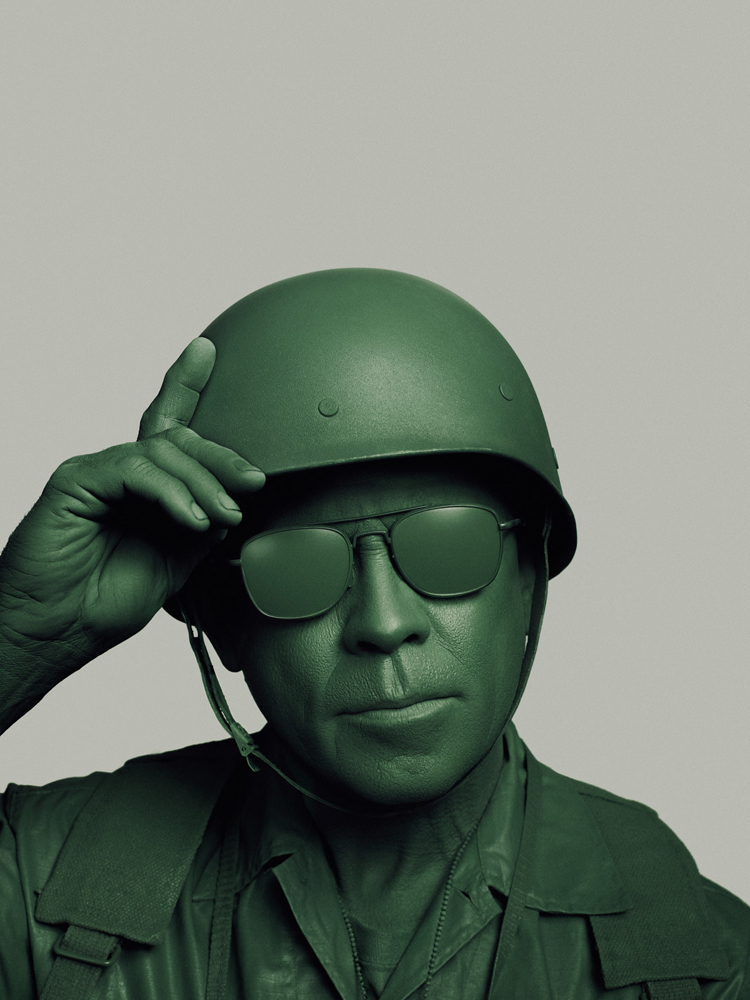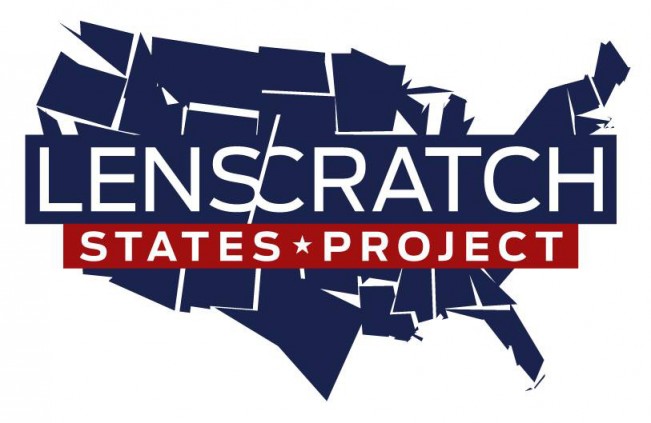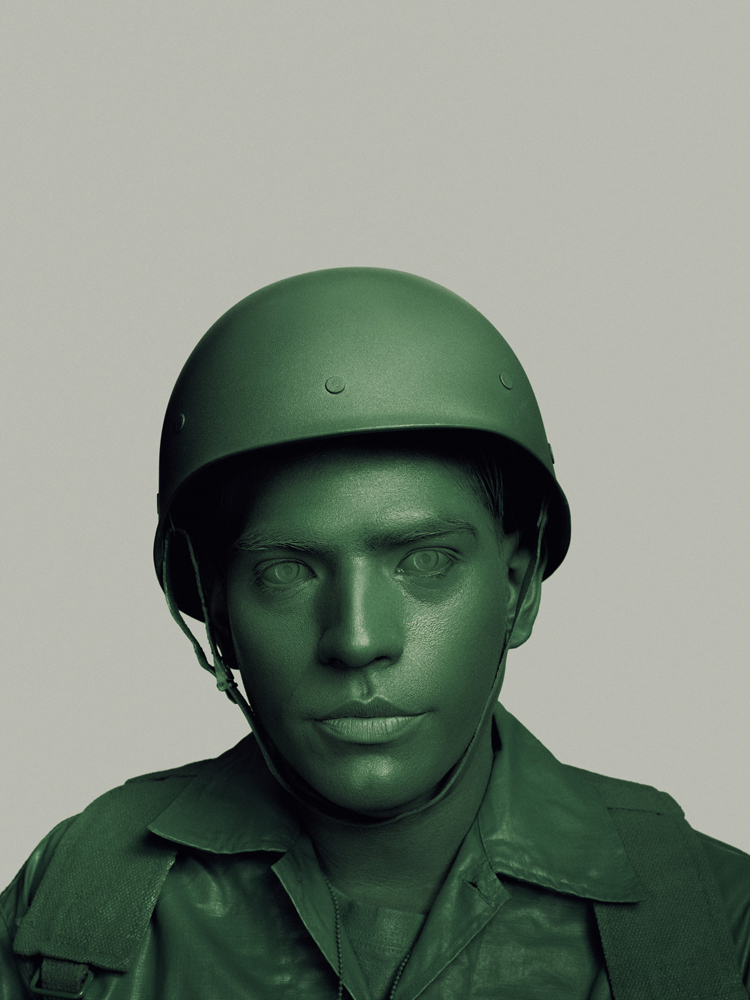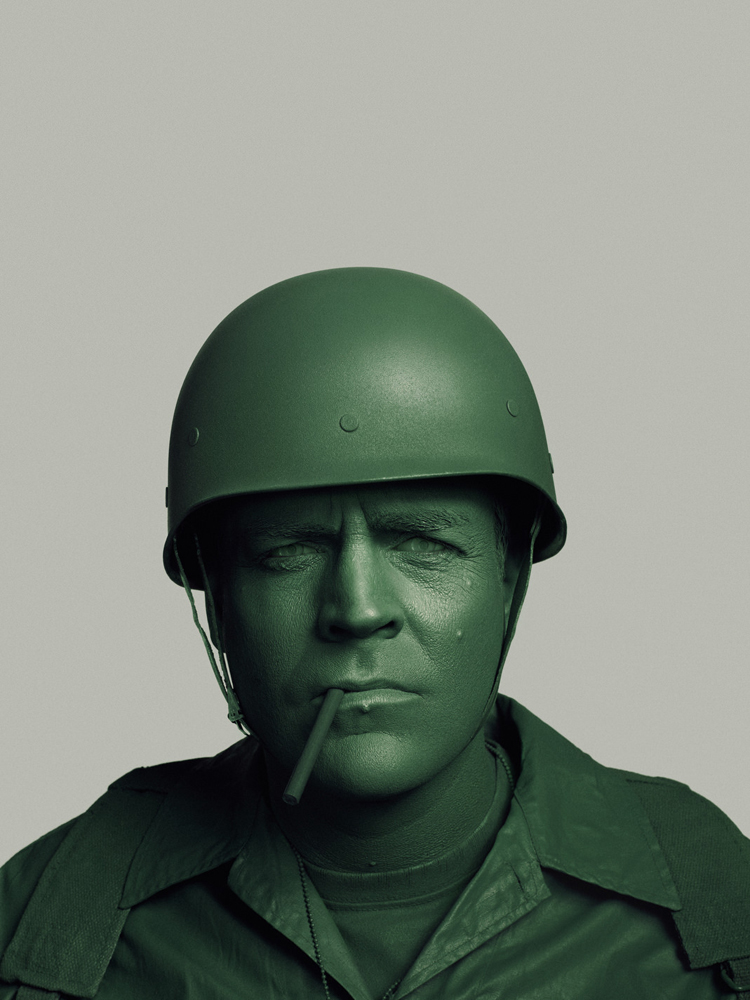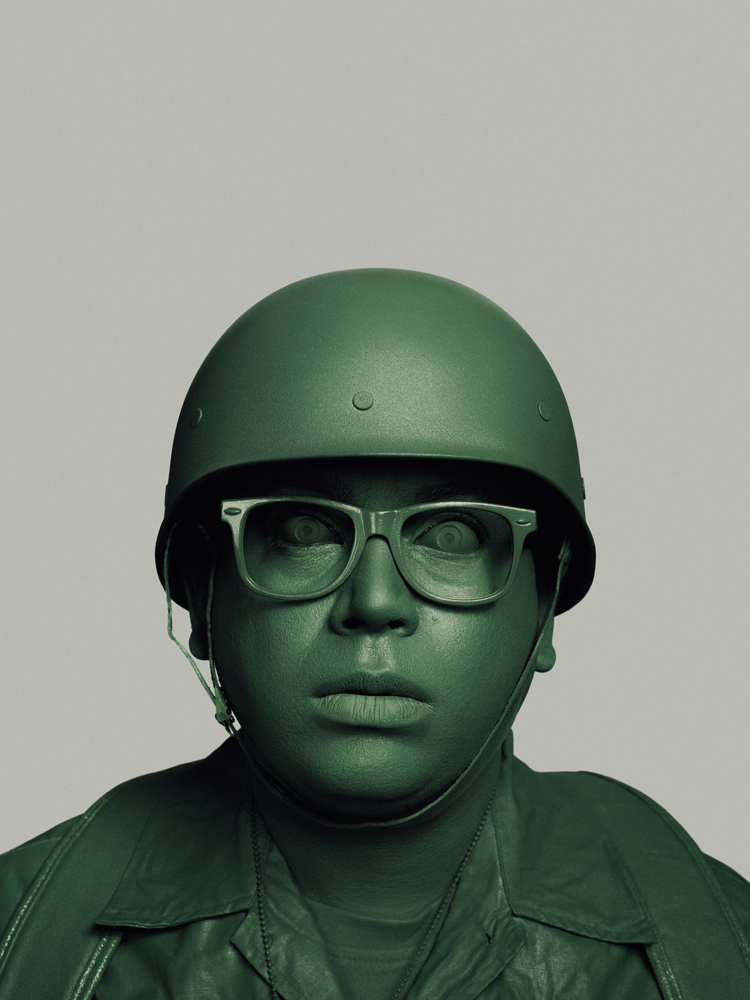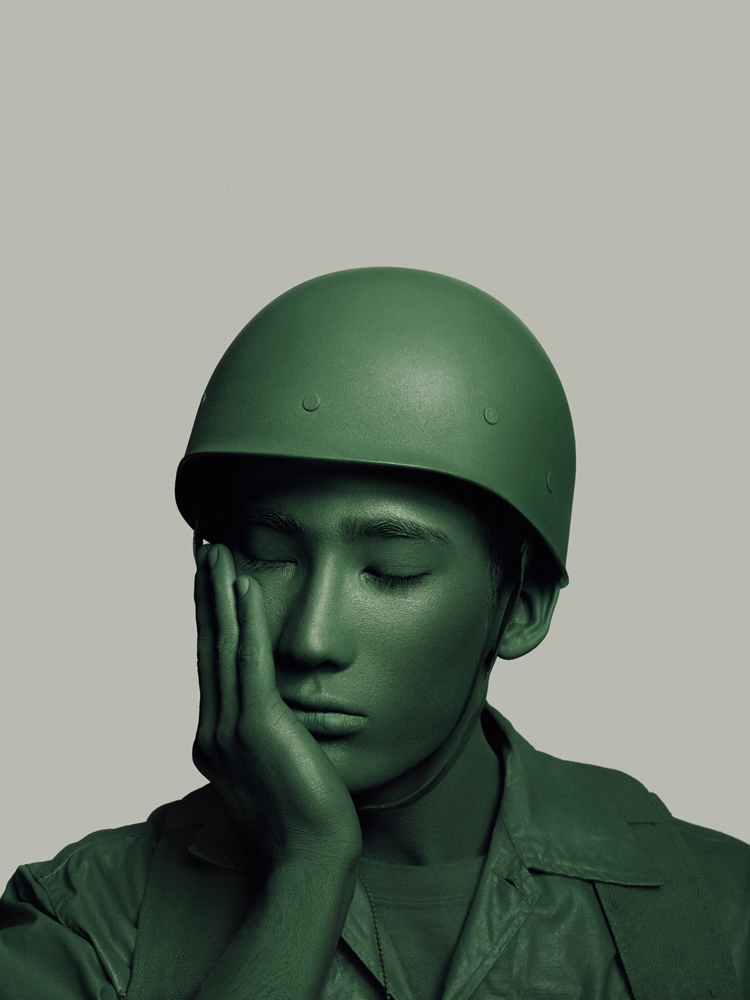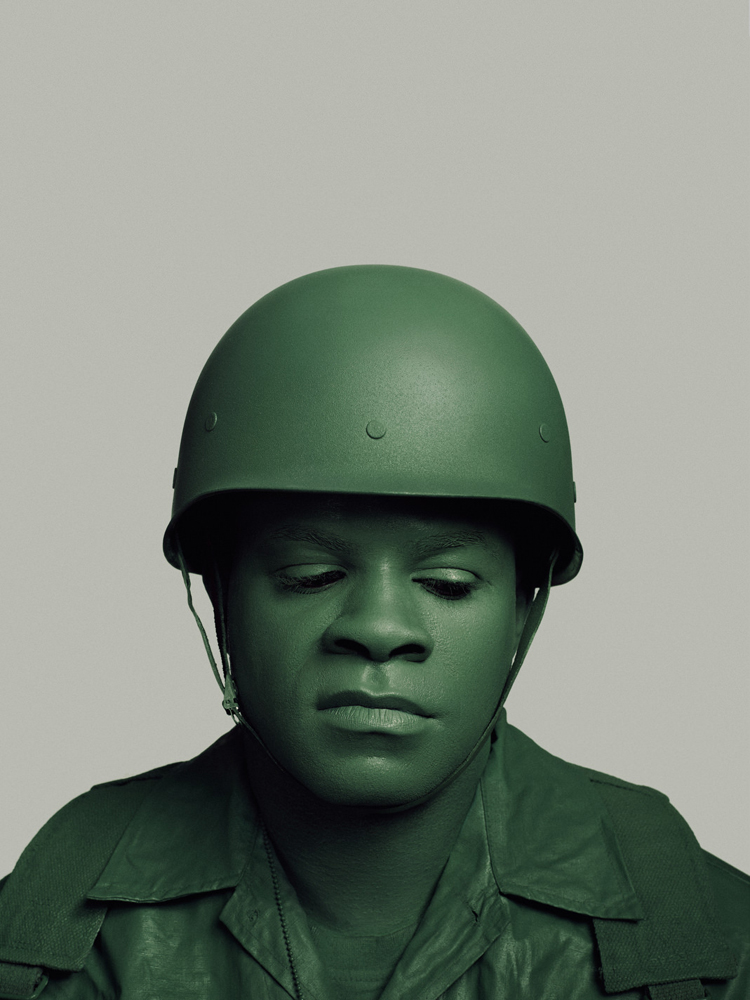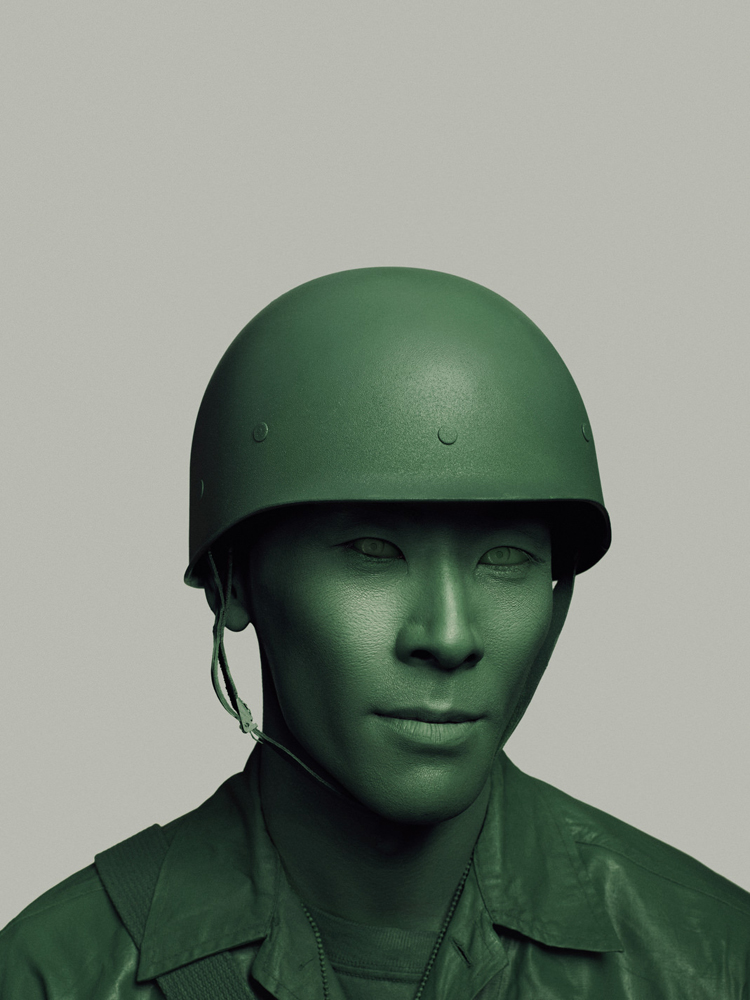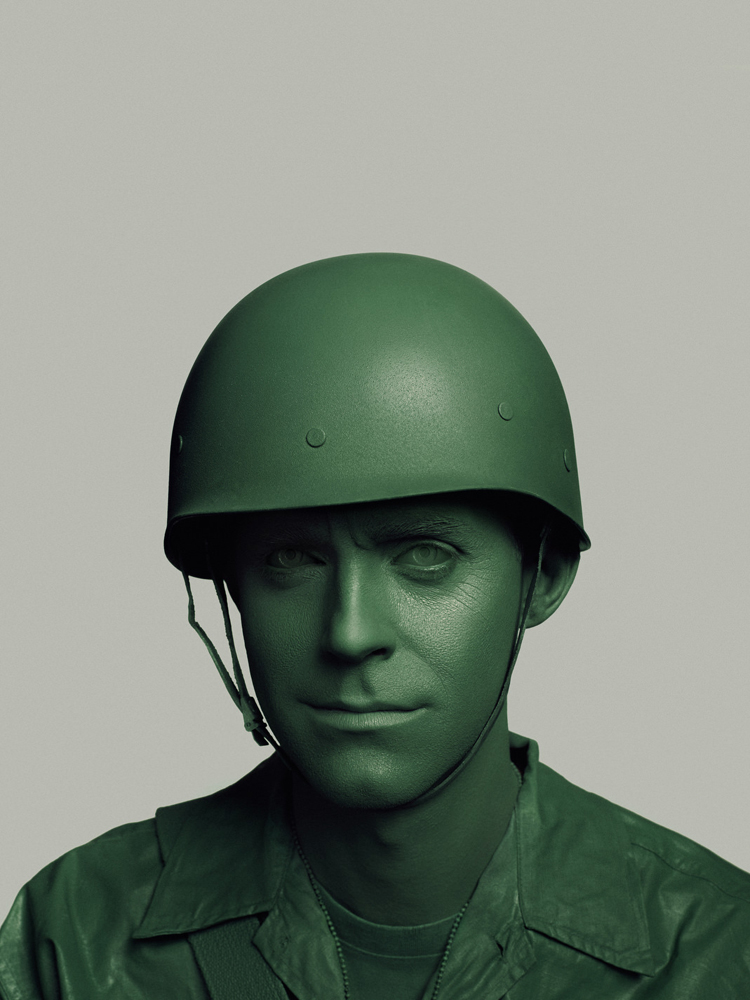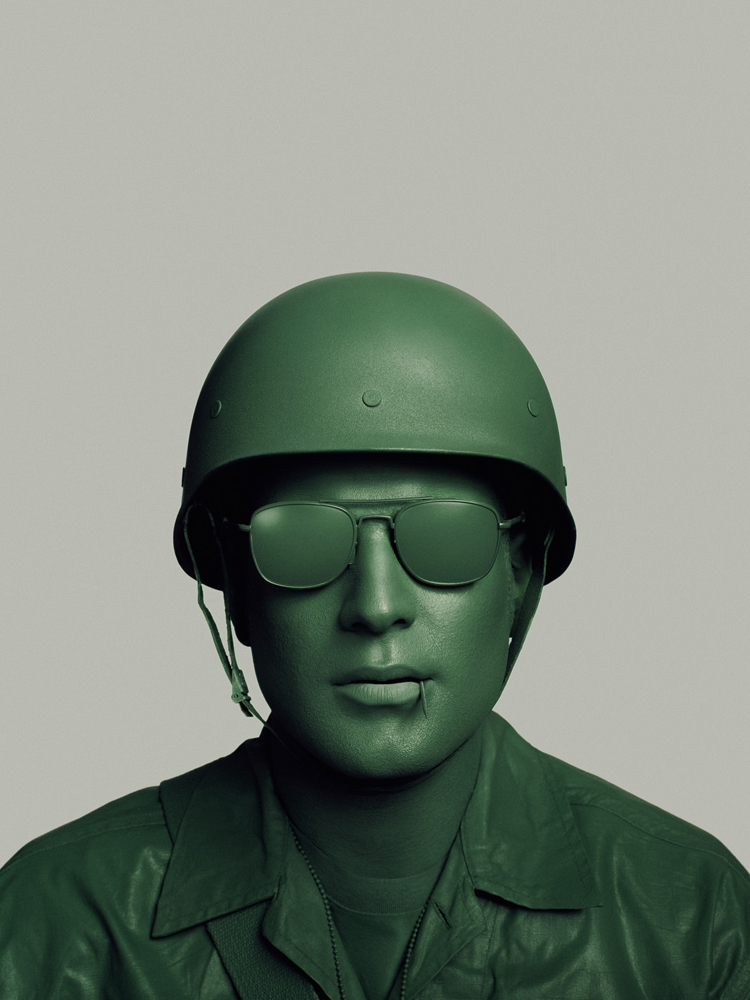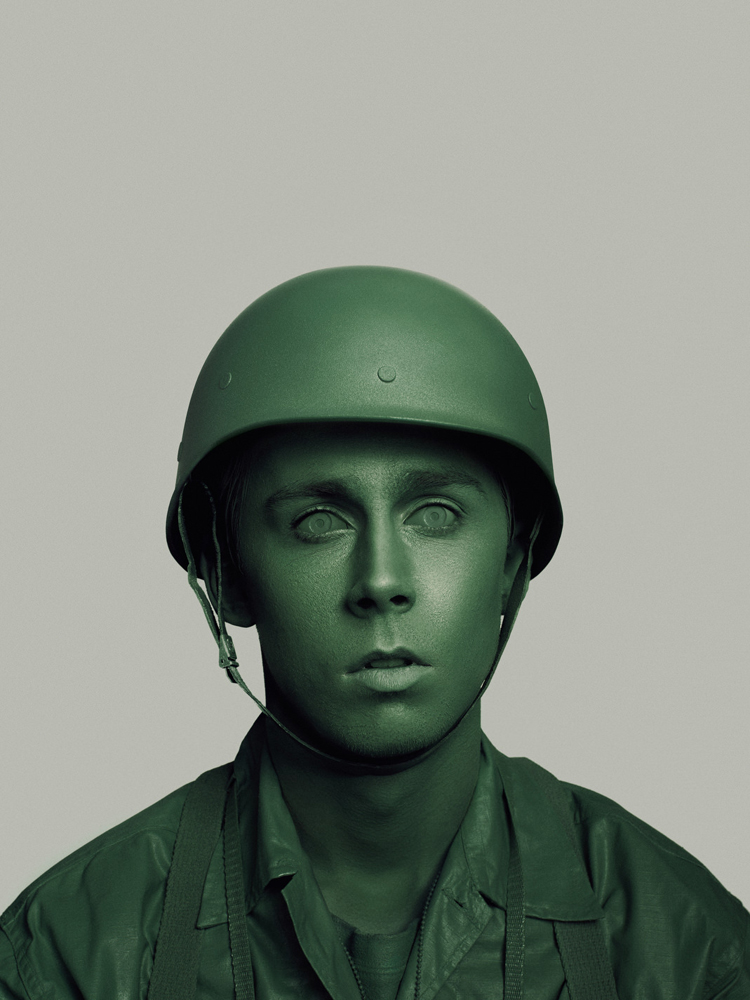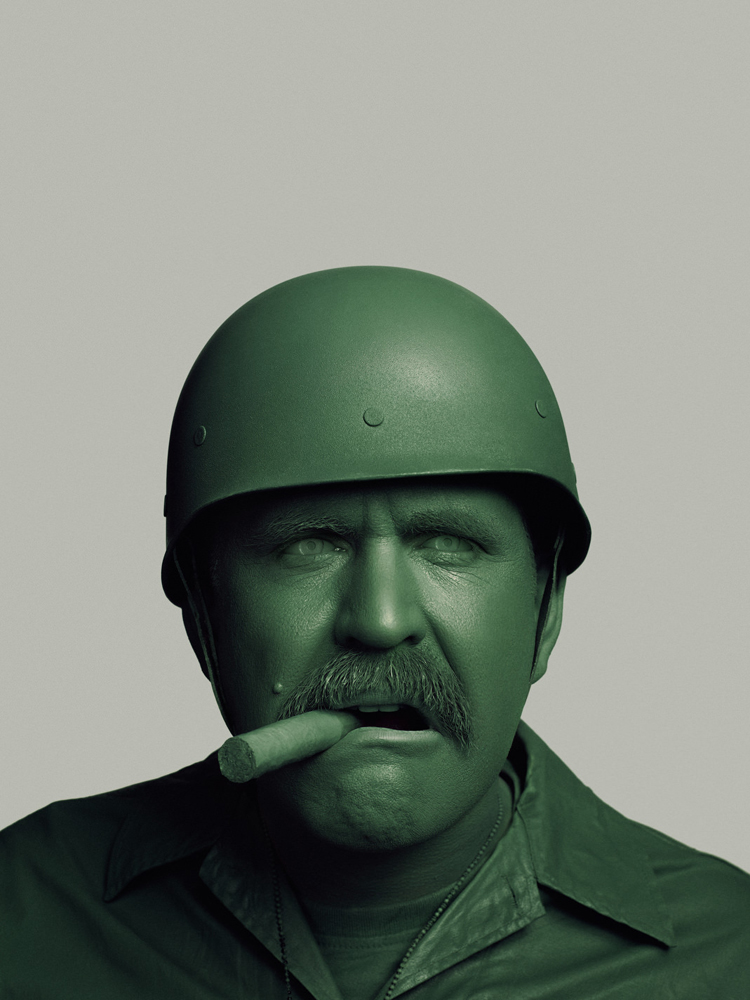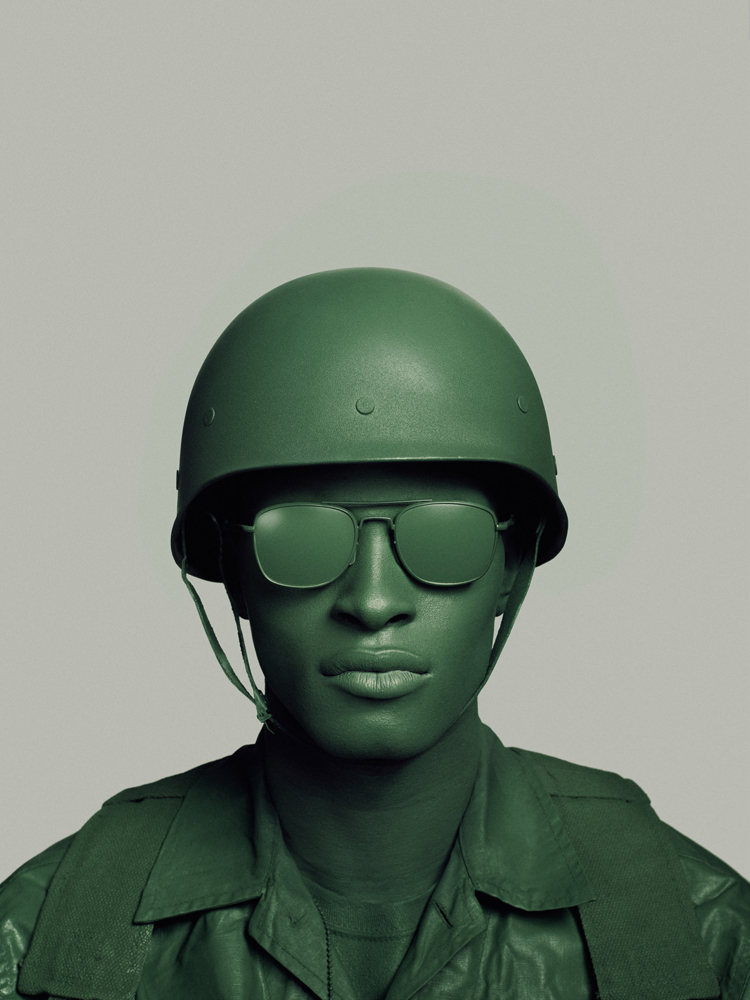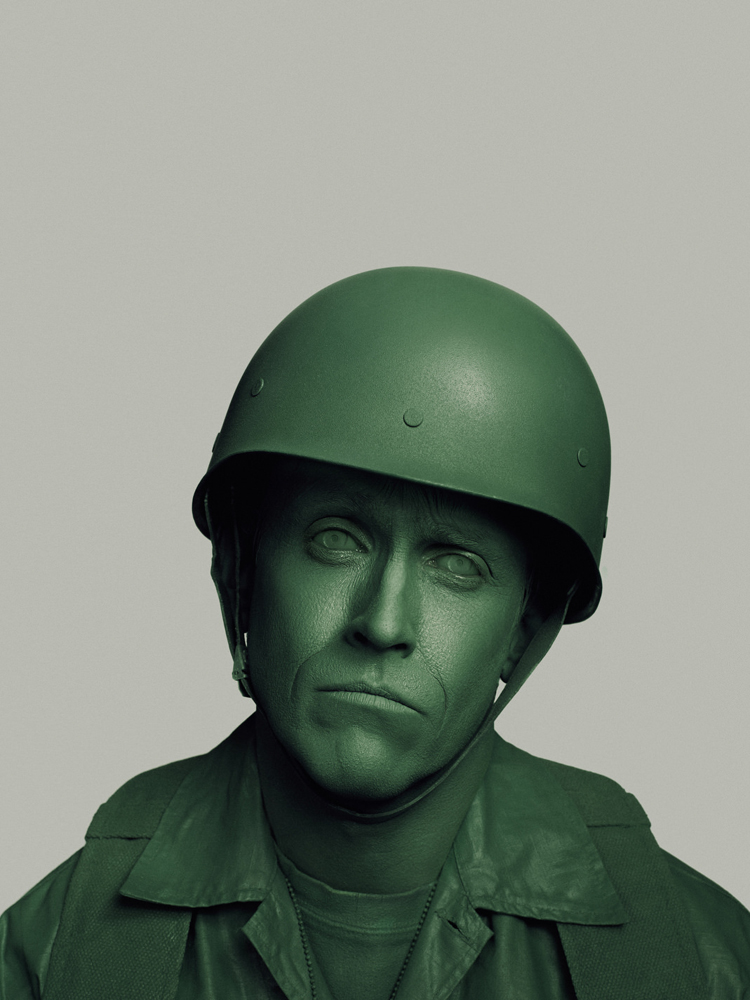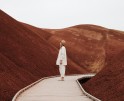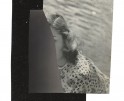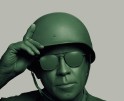John Keatley: The States Project: Washington
As diverse as I like to say my tastes are, I tend to gravitate more towards “art photography” than commercially-driven work. Foam Magazine’s “Talent” issue probably sums this up. But, I try to keep an open mind. Enter John Keatley, who’s built a name for himself in Seattle over the past five-plus years with studio driven commercial projects involving Macklemore, Anthony Hopkins, Amy Sedaris, and other big names – something I’d normally say “ok, cool!” but maybe not give as much of a chance. When you dig deeper, Keatley’s developed a solid body of personal projects that incorporate many of his commercially driven tools with new energy. Seattle educator and awesome photographer in her own right Melinda Hurst Frye recently put us in touch, and I had the chance to talk with John about his latest personal series Uniform. The typology of 16 photos, all shot in a day in a studio, capture actors and Keatley’s friends dressed and painted as plastic green army men. For John, it was a chance to explore how these caricatures might serve as cultural divisions, and a push to view them with a greater sense of empathy.
Bio:
John Keatley often characterizes his work as a reflection of himself, rather than the individual he is photographing. In recent years, his journey of self-discovery has brought clarity to emotions that have always been present yet were previously unknown. Anxiety. Fear. Isolation. Not Being In Control. Keatley capitalizes on the correlation between these emotions and humor. It is a fine line, sitting in the pain of the emotion and understanding that pain can also be humorous. John beautifully executes this dichotomy in his work, as the viewer is invited to stay a moment longer and ponder the unexpected.
How did you begin/ conceive of Uniform? What was the first image you made for this project?
Uniform came to me when I was at Disneyland with my family. At one of the parks one afternoon, we saw a green army truck with four men painted up in green to resemble the green army men toys. They were super happy, smiling and waving at everyone. Green Army Men toys have been around for a long time, but it seems that Toy Story has really brought them into the spotlight. Seeing real people dressed up in all green really made an impact on me. It was no longer an actual plastic toy, but it was that idea of the toy given human context that hit me. When did war and death become a children’s toy to provide amusement and joy? It was a contrast and a disconnect I instantly wanted to explore.
After a lot of planning, I created all of the images for ‘Uniform’ at once. Consistency was really important to this project, and if I did the work spread out over time, I didn’t feel I would be able to maintain the level of consistency I was looking for.
What’s your relationship to the models in the photos?
Four of the subjects are personal friends of mine. The rest of the subjects I had never met or worked with before.
From what I’ve seen, these are only photos of men.
That is correct, all of the subjects are male. The style and historical reference for ‘Uniform’ was the Vietnam War. The toys from that period are all male, and to my understanding, our soldiers were mostly male as well. In general, I am not interested in photography as a literal or documentary medium, but in this case, I did want to reference a certain time period. I did decide to include much broader diversity in the casting, which may not be representative of our military in the past, but I felt it was important to show we are all the same. So in some ways, I am referencing our history, but in other ways, I am trying to create the world I want to live in, where everyone has an equal voice.
In this same vein, I could have added women to my images, but I wanted to be more focused rather than losing focus by trying to cover too many subjects and issues.
Why the decision to take a typological/serialized approach to these portraits?
I wanted to level the playing field. Regardless of skin color, background, strength or vulnerability. In some ways, I am inviting the viewer to compare, and if we are being honest with ourselves, the takeaway is that these are humans with real feelings and emotions. In that sense, there is no difference between any of us.
Who’s inspiring you most right now?
Right now my ideas and thematic inspiration seems to come from the themes I am exploring in my own life. Obviously these themes are also affected by what I am watching, reading, who I am spending my time with, so that is a bit of a chicken-or-the-egg question. But once inspiration strikes, I can absolutely say these are the artists and videos that I have drawn inspiration from recently.
Current Artists / Inspiration: Alex Prager, John Baldessari, Nadav Kander, Erwin Olaf, Christopher Anderson, Jill Greenberg, Tim Heidecker, and Wayne White.
Watching: Chef’s Table, 13th (documentary), Tony Robbins – I Am Not Your Guru, Mr. Robot, Westworld, Maria Bamford – The Special Special Special.
Reading: Millennium Trilogy (fiction), and the news. It is safe to say what is happening in politics right now is taking up most of my attention and passion. Many of my current ideas are growing out of a response to the fear and anger that is being spread throughout the world by our current President and his staff.
Your conceptual/project-based work and commercial assignments feel intertwined stylistically…
I can only create work that is rooted in who I am, and what I like. That’s not to say I haven’t created some work that I don’t like, but I try to put that behind me.
I am someone who has a hard time hiding my feelings. The same goes with my work. If I don’t enjoy and connect with the work I am creating, I am miserable and I hate it. Creating from this place of putting myself completely into what I am working on is what causes my work to look intertwined, regardless of the client or intended audience. With commercial work, obviously I don’t get to chose the subject matter, but stylistically, I try to remain true to myself as much as possible in this arena.
In your overall statement about your work as a photographer, you mention that your work is a reflection of yourself. Where are you personally in this work?
To some extent, this goes back to the previous question, in that I try to create work that awakens my senses and gives me a creative high. This shows up in color, light, subject matter, mood, expression, balance, and on and on. More specifically in ‘Uniform’, I especially see myself in ‘041 39 5543’. That might be my favorite image in fact. He seems so confident and put together. It feels as if he has been through it before, and he has all of the answers. I often find myself trying to hide behind this very same mask, when the reality is, under the surface I am a mess and completely insecure about my absolute lack of control.
Do you see a relationship/interaction between Uniform and your other personal projects?
Up until this point, I see each of my personal projects as separate chapters out of my life. Each one leading into the next. ‘Uniform’ was the third project for me where I explored identity, with each project looking at a slightly different aspect about physical identity and judgment of others. My next project is a bit of a departure from identity, but it still deals with a very simple human story that I think many people will be able to relate to today. However, where it is a departure from ‘Uniform’, it is exactly in line with what I am thinking about and dealing with in my personal life. Creating work that reflects what I am most interested in at that period in time is the only way I can create my best work.
On the surface, one might jump to the conclusion that this is political work/perhaps making a statement on war, but I see it more from a humanistic angle, especially in reading your statement.
Yes. I feel very strongly about this. For the past several years, I have been wrestling with my own identity and how I relate and interact with others. This process has forced me to confront some difficult issues in my life, and through this process, I have become much more aware and sensitive to issues of humanity and identity. Obviously on the surface, this looks like a political statement, but for me, this was a vessel to get at an issue that is much greater than a select group of people. Specifically, Empathy and judgement. I do appreciate that ‘Uniform’ can speak to those who have been affected by the military and war, but my hope is that people take away much more than that. There are so many different voices and perspectives right here in our own towns and cities. We need to drop our arrogance and assumptions that our opinions are the best, or only ways to look at life. There needs to be more dialog, and it needs to be done on a human level. When we build walls around ourselves, and distance ourselves from others who are different, that’s when we start treating others like they are little plastic green toys with no regard.
How do you think this work might differ (in approach or perception) if it were made a decade (or half a century) ago?
I know I would not have been able to enter into this discussion a decade ago with the same openness. This was only possible for me personally because of a pretty major change of heart in myself. My guess would be that this would not have been met with the same openness from the public back then as well. I could only guess on 50 years ago. I don’t really know, but it does feel right at this moment in time.
Posts on Lenscratch may not be reproduced without the permission of the Lenscratch staff and the photographer.
Recommended
-
Megumi Shauna Arai: The States Project: WashingtonMarch 18th, 2017
-
Serrah Russell: The States Project: WashingtonMarch 17th, 2017
-
John Keatley: The States Project: WashingtonMarch 16th, 2017
-
Alan Hunter: The States Project: WashingtonMarch 15th, 2017
-
Rodrigo Valenzuela: The States Project: WashingtonMarch 14th, 2017

